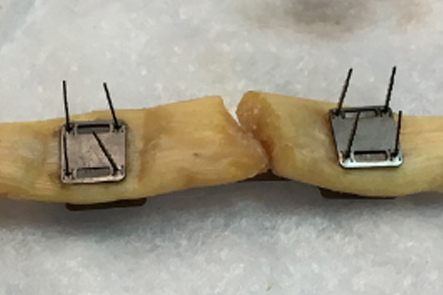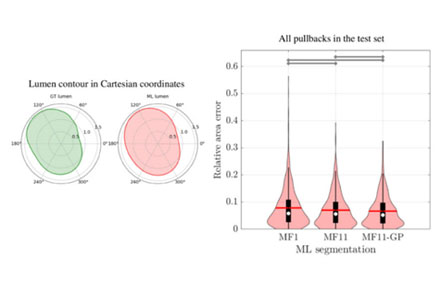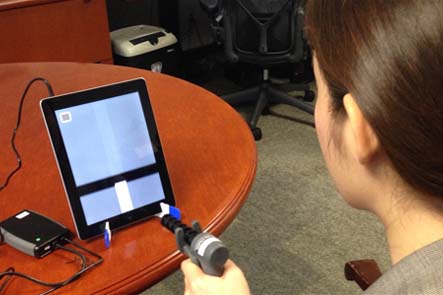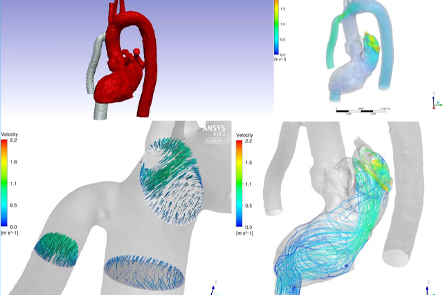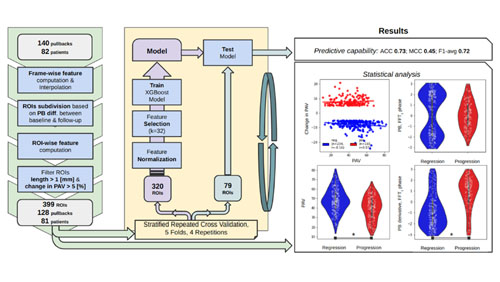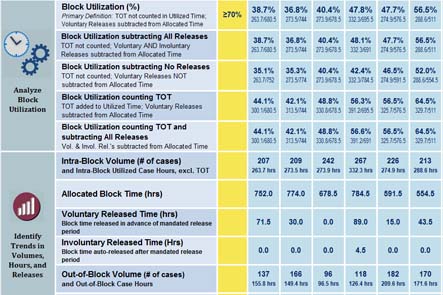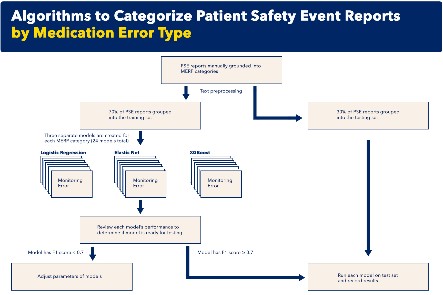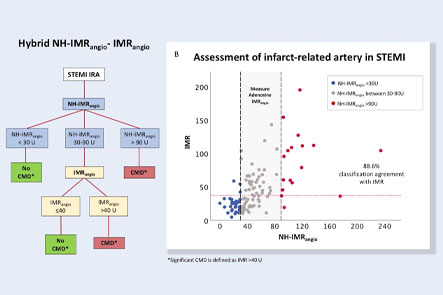The Business Innovation Lab within MedStar Institute for Innovation works with MedStar Health associates to transform innovative ideas and discoveries into commercial products and services that enhance healthcare delivery, improve patient and provider experiences, and advance quality, efficiency, and safety within MedStar Health and beyond.
Our team leverages deep business expertise, market insights, and MedStar Health’s unique testbed laboratory to validate and refine new technologies, capabilities, and business models.
This work not only strengthens our care delivery model and improves patient outcomes but also creates new opportunities for commercialization and industry-wide adoption.
If you are a MedStar Health associate ready to make your idea a reality, the Business Innovation Lab can:
- Assess whether similar solutions already exist
- Evaluate the clinical need, feasibility, and market potential of your idea
- Facilitate partnerships with industry leaders to get your idea into the world
- Manage legal agreements and industry relationships throughout the commercialization process
Want to learn more? Read about our process or browse the FAQs.
Our process
Our team strives to increase associate satisfaction by engaging the inventor in all stages of the following process.
-
Step 1: Ideate
A great invention starts with a great idea—but it requires development to bring it to life.
Share your idea with us in one of two ways:
-
If you have a general concept and would like help developing it further, email us at invent@medstar.net
-
If you have a more developed idea, share your invention via the Invention Disclosure Form.
-
-
Step 2: Evaluate
Our team will research products and patents that may be similar to your idea. After providing an overview of what the U.S. Patent and Trademark Office looks for during the patent approval process, together we’ll decide whether and/or how to move forward. If your invention has commercial viability, our team may assume monetary responsibility for legal and marketing in subsequent steps in the process.
-
Step 3: Cultivate
Activities at this stage depend on the invention, but may involve one or more of the following:
-
Protecting the intellectual property around the invention via patent, copyright, and/or trademark
-
Prototyping and completing proof-of-concept studies
-
Pursuing grant funding or a corporate partnership to co-develop the technology
-
-
Step 4: Translate
As a not-for-profit healthcare system, we do not have all the expertise or resources necessary to bring an invention to market. The ultimate goal of commercialization is to transfer the technology to a corporation for further development, shepherding it through the regulatory pathway, manufacturing, marketing, and sales processes. We will market your technology to companies, negotiate license agreements, and monitor the company for compliance with the agreement. If your invention goes to market, you are eligible to receive 50% of revenue after expenses.
Available technologies
About us
The Business Innovation Lab partners externally with strategic collaborators and advisors who support the commercialization process, such as FDA consultants, invention evaluation and market feedback analysts, and patent attorneys. Additionally, the Business Innovation Lab team works with external partners to provide resources and guidance to MedStar Health inventors to help bring innovative ideas to market. We continue to drive innovation by fostering industry collaborations, leveraging MedStar Health’s testbed laboratory, and advancing new business models that create measurable impact in health care.
Contact us
General inquiries: invent@medstar.net











